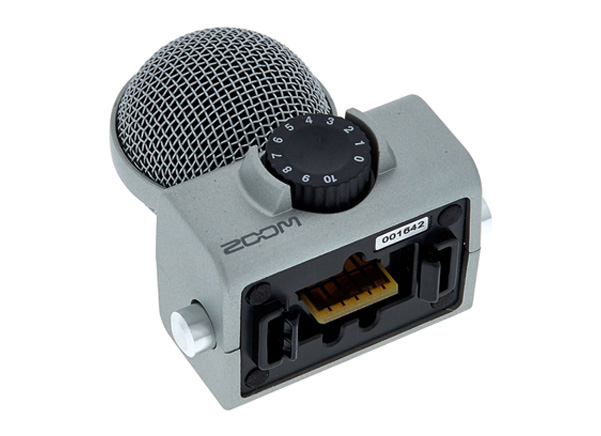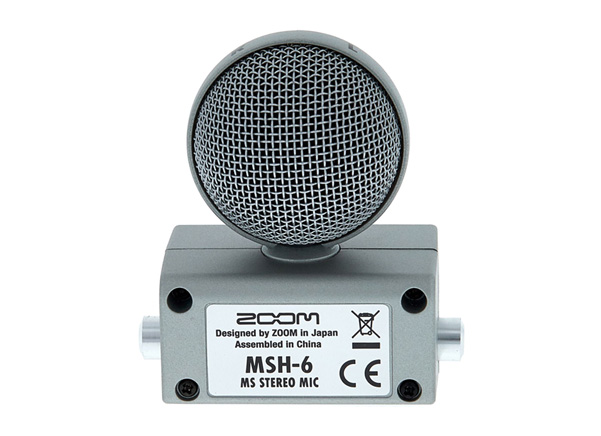Introducing the Zoom MSH-6 mid-side microphone capsule
The MSH-6 lets you into the world of 'mid-side' recording, allowing for a whole new level of precision in your ability to shape sound. The MS Capsule contains dual mic elements – a forward-facing, unidirectional mic (the “mid”) and a side-facing, bi-directional mic (the “side”). Together with the onboard MS decoder provided by the H5 and H6, they capture a fully mono-compatible stereo image that can actually be adjusted after recording – ideal for film, video, and television projects.
The MSH-6 mid-side stereo microphone capsule is compatible with the Zoom H5 and H6 Handy Recorders, U-44 Handy Audio Interface, Q8 Handy Video Recorder, F4 and F8 multi-track Field Recorders, as well as the ECM-3 extension cable for Zoom microphone capsules.



